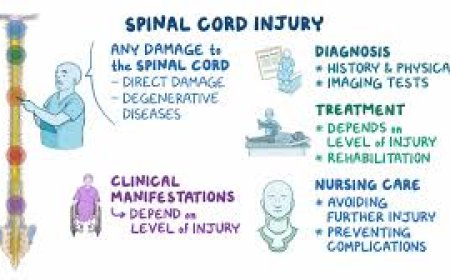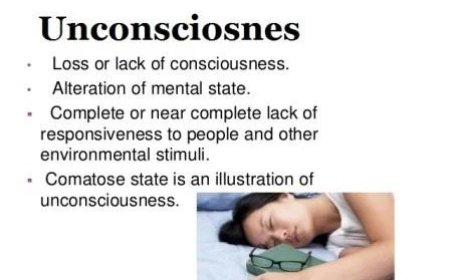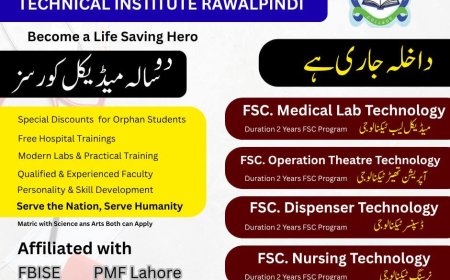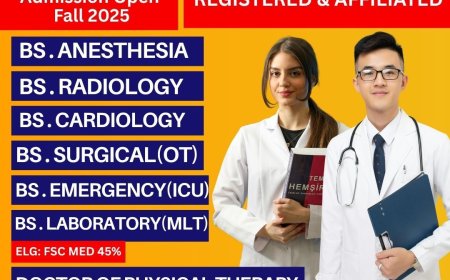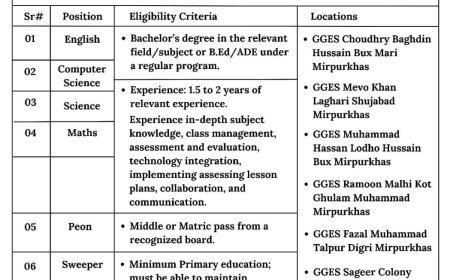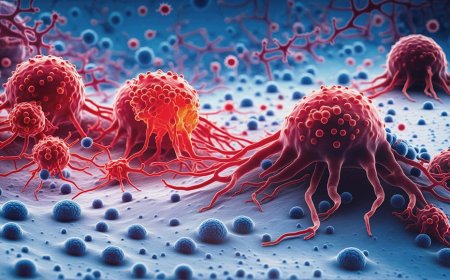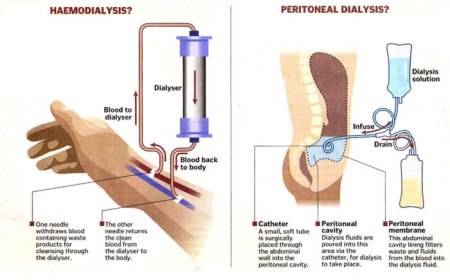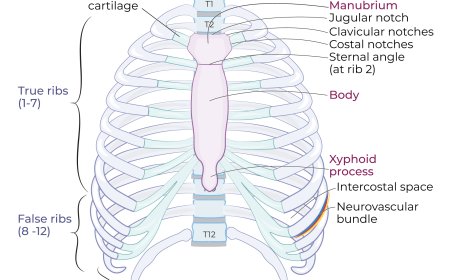what is asphyxia
In this artic students can learn all about asphyxia its cause its symptoms prevention and treatment in easy words .It explains how lack of oxygen affect the body and what first aid step should be taken during emergencies
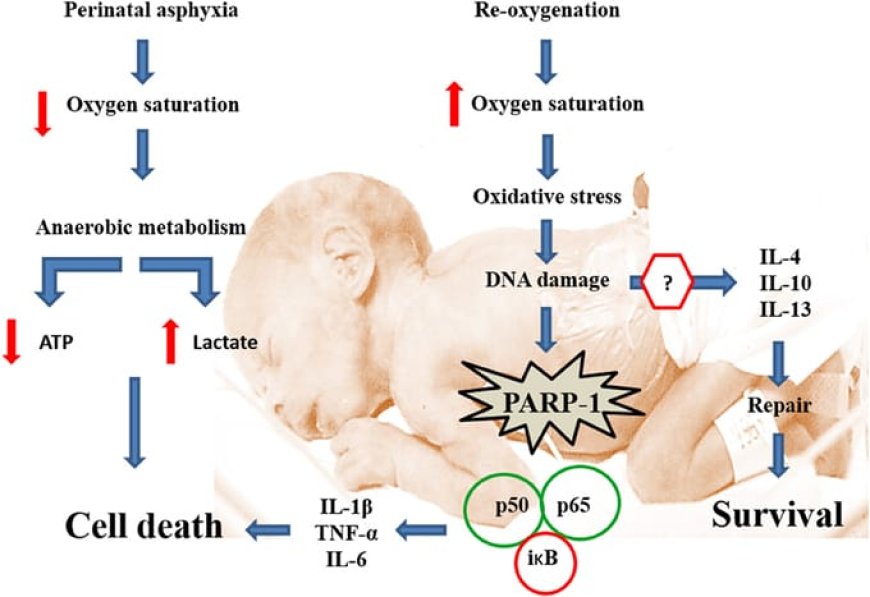
Topic: Asphyxia
Scenario-Based Questions with Answers
1. A person is found unconscious after being trapped in a closed room filled with smoke. What could be the cause and what should be done?
Answer:
Question 1:A person is found unconscious after being trapped in a closed room filled with smoke. What could be the cause and what should be done?
Detailed Explanation:
Cause:
The person is likely suffering from asphyxia due to smoke inhalation.
When someone breathes in smoke during a fire or in a closed room, two dangerous things happen:
1. Lack of Oxygen:
The air inside the room has very little oxygen because smoke and heat use it up. The person cannot get enough oxygen into their lungs and bloodstream.
2. Carbon Monoxide Poisoning:
Smoke contains carbon monoxide (CO) — a poisonous gas that attaches to the red blood cells more quickly than oxygen. This prevents oxygen from reaching the brain, heart, and other organs.
As a result, the body’s tissues are starved of oxygen — this condition is called asphyxia.
Signs and Symptoms:
You may notice the following signs in the person:
Unconsciousness or confusion
Difficulty in breathing or no breathing at all
Bluish lips and nails (cyanosis)
Weak or absent pulse
Soot around the nose and mouth
Burn marks or smell of smoke on clothes
First Aid / What Should Be Done:
1. Ensure Your Own Safety:
Before helping, make sure the area is safe. Do not enter a smoky or burning room without protection.
2. Remove the Person from Smoke:
Take the person to **fresh air immediately**. This helps restore oxygen to their lungs.
3. Loosen Tight Clothes:
Loosen collar, belt, or any tight clothing to help the person breathe more easily.
4. Check Airway, Breathing, and Circulation (ABC):
Airway:Check if the mouth and throat are clear. Remove any soot or obstruction gently.
Breathing: Look, listen, and feel for breathing.
Circulation: Check the pulse.
5. If the Person is Not Breathing:
Start mouth-to-mouth breathing or CPR (Cardiopulmonary Resuscitation) if trained.
Continue until the person starts breathing or medical help arrives.
6. If the Person is Breathing:
Keep them lying on their back with head slightly tilted back.
Reassure and keep them calm.
Cover them with a light blanket to maintain body temperature.
7. Call for Emergency Help Immediately:
Even if the person wakes up, they may have inhaled toxic gases that can damage the lungs. Take them to the hospital for oxygen therapy and further medical care.
Medical Treatment (in Hospital):
At the hospital, doctors may:
Give 100% oxygen through a mask.
Check for carbon monoxide levels in the blood.
Provide IV fluids if needed.
Monitor breathing and heart rate closely.
2. A child swallows a toy and starts turning blue. What does it show and what should be done?
Answer:The child’s airway is blocked, and oxygen can’t reach the lungs — this is asphyxia. Do the Heimlich maneuver (press the child’s belly inward and upward) to remove the toy. If they stop breathing, start mouth-to-mouth breathing and call for help.
3.A worker faints after breathing in a poisonous gas. What are the signs and treatment?
Answer: Signs include dizziness, bluish lips, and fainting. Move the person to a place with fresh air, keep the airway open, and give oxygen if available. Take the person to a hospital quickly.
4. A person is pulled from water and is not breathing. What should be done?
Answer: The person has asphyxia from drowning. Clear the mouth and nose, lay them flat, and start mouth-to-mouth breathing. If no pulse, do CPR until help arrives.
5.A newborn baby is not crying or breathing after birth. What steps should be taken?
Answer: The baby may have birth asphyxia. Gently clean the mouth and nose, rub the back or feet to help breathing, and if still not breathing, give gentle breaths using a bag and mask or mouth-to-mouth.
6.A person hanging from a rope is found unresponsive. What are the signs and treatment?
Answer: The face looks blue, eyes bulging, and person is not breathing. Quickly remove the rope, lay the person down, open the airway, and start CPR immediately.
7. A fire victim complains of breathing problems and dizziness. What could be the cause and what should be done?
Answer: Breathing in smoke or carbon monoxide causes asphyxia. Take the person to fresh air, give oxygen if possible, and send to hospital for treatment.
8. A person with asthma shows bluish lips and is struggling to breathe. How can this lead to asphyxia and what is the treatment?
Answer:Asthma causes tight airways that block oxygen. This can lead to asphyxia. Give the person their inhaler, loosen tight clothes, and help them stay calm. In severe cases, give oxygen and take to hospital.
9.A man faints inside a room without ventilation. What type of asphyxia is this and what first aid is needed?
Answer: This is **environmental asphyxia** caused by lack of oxygen. Take the person outside, check breathing, give mouth-to-mouth breathing or oxygen, and call for help.
10. A baby sleeping face down is not breathing well. What are the signs and what should be done?
Answer: Signs are bluish skin, weak crying, and no movement. Turn the baby on their back, clear the mouth, give gentle rescue breaths if needed, and get medical help right away.
Topic-Based Questions with Answers
1.What is asphyxia?
Answer: Asphyxia means the body is not getting enough oxygen. It happens when breathing stops or air can’t reach the lungs. Without oxygen, the brain and heart stop working properly.
-2. List any four causes of asphyxia.
Answer:
Choking on food or objects
Drowning
Breathing in poisonous gases
Hanging or strangling
3.What are the early signs and symptoms of asphyxia?
Answer: Trouble breathing
Restlessness or confusion
Bluish color of lips and skin
Unconsciousness in severe cases
4. What changes occur in the skin color during asphyxia?
Answer:
The skin, especially around the lips and nails, turns blue or purple because there isn’t enough oxygen in the blood. This is called cyanosis.
5. Name the main organs affected during asphyxia.
Answer:
The brain heart, and lungs are most affected because they need constant oxygen. Without oxygen, brain damage or heart failure can happen.
6.What is the difference between mild and severe asphyxia?
Answer:
Mild: Person can breathe a little but feels dizzy or short of breath.
Severe: Person cannot breathe at all, may faint, and needs immediate help or CPR.
7. How can asphyxia be prevented in daily life?
Answer:
Avoid choking by eating carefully, keep small objects away from children, ensure good ventilation, use safety masks around chemicals, and let babies sleep on their backs.
8. What is the first aid treatment for a person suffering from asphyxia?
Answer:
Remove the cause (for example, foreign body or smoke)
Open the airway
Check breathing
Give mouth-to-mouth breathing or CPR if needed
Provide oxygen and get medical help
9. How does lack of oxygen affect the brain during asphyxia?
Answer:
Without oxygen, the brain cannot work properly. Within a few minutes, brain cells start to die, causing fainting, confusion, or permanent brain damage.
10.Why is it important to act quickly in cases of asphyxia?
Answer:
Because the brain and heart can be damaged within minutes without oxygen. Quick action can save the person’s life and prevent serious complications.
What's Your Reaction?
 Like
0
Like
0
 Dislike
0
Dislike
0
 Love
0
Love
0
 Funny
0
Funny
0
 Angry
0
Angry
0
 Sad
0
Sad
0
 Wow
0
Wow
0

